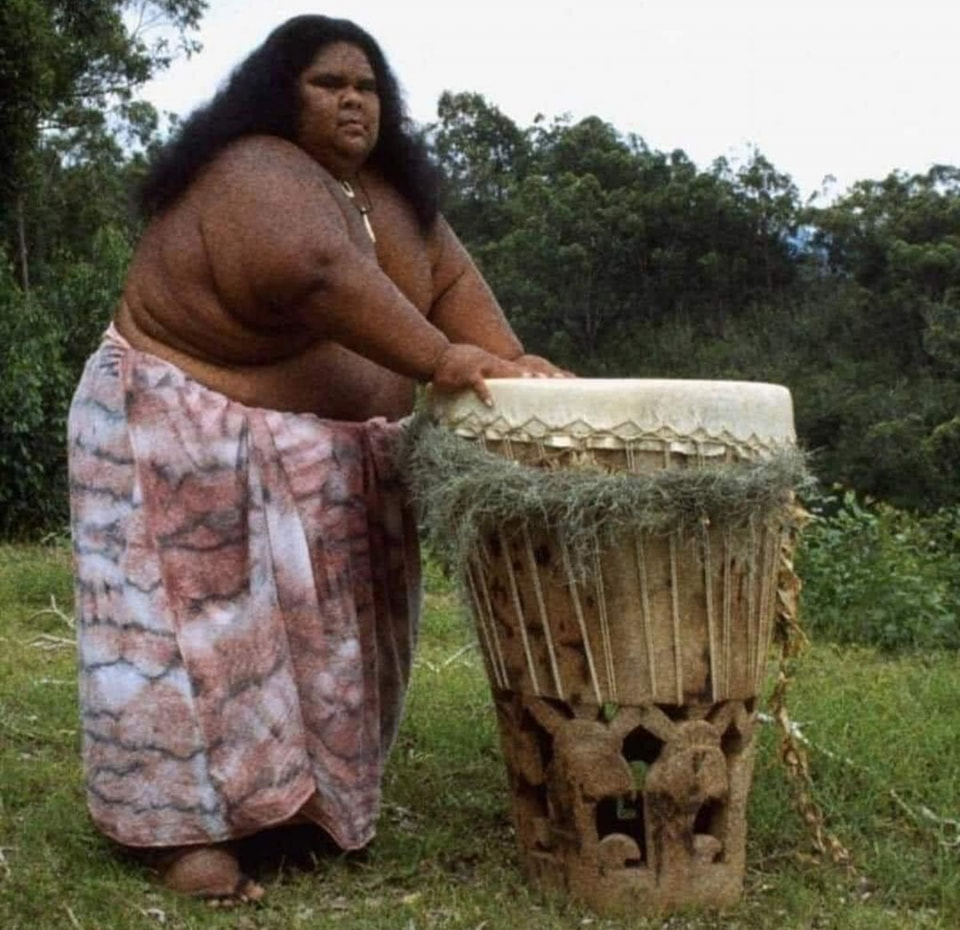In 1988, the city of Honolulu was asleep. Inside a local recording studio, engineer Milan Bertosa was wrapping up a long, grueling day. As he began to shut down the equipment around 3 a.m., the studio’s phone suddenly rang. Annoyed, Bertosa answered, expecting a misdial. Instead, he heard from a client who insisted he speak with a musician named Israel Kamakawiwoʻole. Bertosa, unfamiliar with the full name, was then greeted by a soft-spoken, polite man with a simple, urgent plea. “Please, can I come in? I have an idea,” the voice said.
Bertosa was tired and ready to end his day, but something in the man’s gentle sincerity made him hesitate. Against his better judgment, he gave the caller a tight deadline: “You have 15 minutes.” About that much time later, there was a knock at the door. Bertosa opened it to see what he would later describe as “the largest human being I had seen in my life.” It was Israel “Iz” Kamakawiwoʻole, a man whose physical presence, weighing around 500 pounds at the time, was as immense as his musical talent.
The first challenge was practical. A security guard had to find a large steel chair strong enough to support the gentle giant. Once Iz was settled with his ukulele, Bertosa, wanting to get this over with, quickly set up a single microphone, did a brief soundcheck, and hit record.

What happened next was nothing short of miraculous. With no fanfare, Iz closed his eyes and began to play his ukulele. The voice that emerged was pure, ethereal, and filled with a profound emotion that silenced the room. He seamlessly wove together the classic melodies of “Somewhere Over the Rainbow” and “What a Wonderful World,” creating a medley so perfect and heartfelt it felt otherworldly. He performed it in one single, uninterrupted take. When the last note from his ukulele faded, it was over.
Bertosa was stunned. He would later recall that he had goosebumps and tears in his eyes. It was a moment of pure, unadulterated magic, captured entirely by chance. He quickly made a copy of the recording for Iz and filed the master tape away, a memento of a strange and beautiful late-night session.
For five years, the tape sat on a shelf, a forgotten masterpiece. In 1993, Bertosa was working as an engineer on Iz’s album, “Facing Future.” Feeling the album needed one more track, Bertosa remembered the 3 a.m. recording and played it for the album’s producer, Jon de Mello. De Mello was instantly captivated and decided to add the raw, one-take performance to the album.
“Facing Future” became the best-selling Hawaiian album of all time, eventually going platinum. The medley, born from a moment of spontaneous inspiration, became a global phenomenon, its popularity soaring, especially after Iz’s untimely death in 1997. The song has since been featured in countless films, television shows, and commercials, its message of hope and beauty resonating with millions. That one take, recorded in the middle of the night, became the enduring legacy of a man whose voice was as large as his heart—a gift to the world that almost never was.